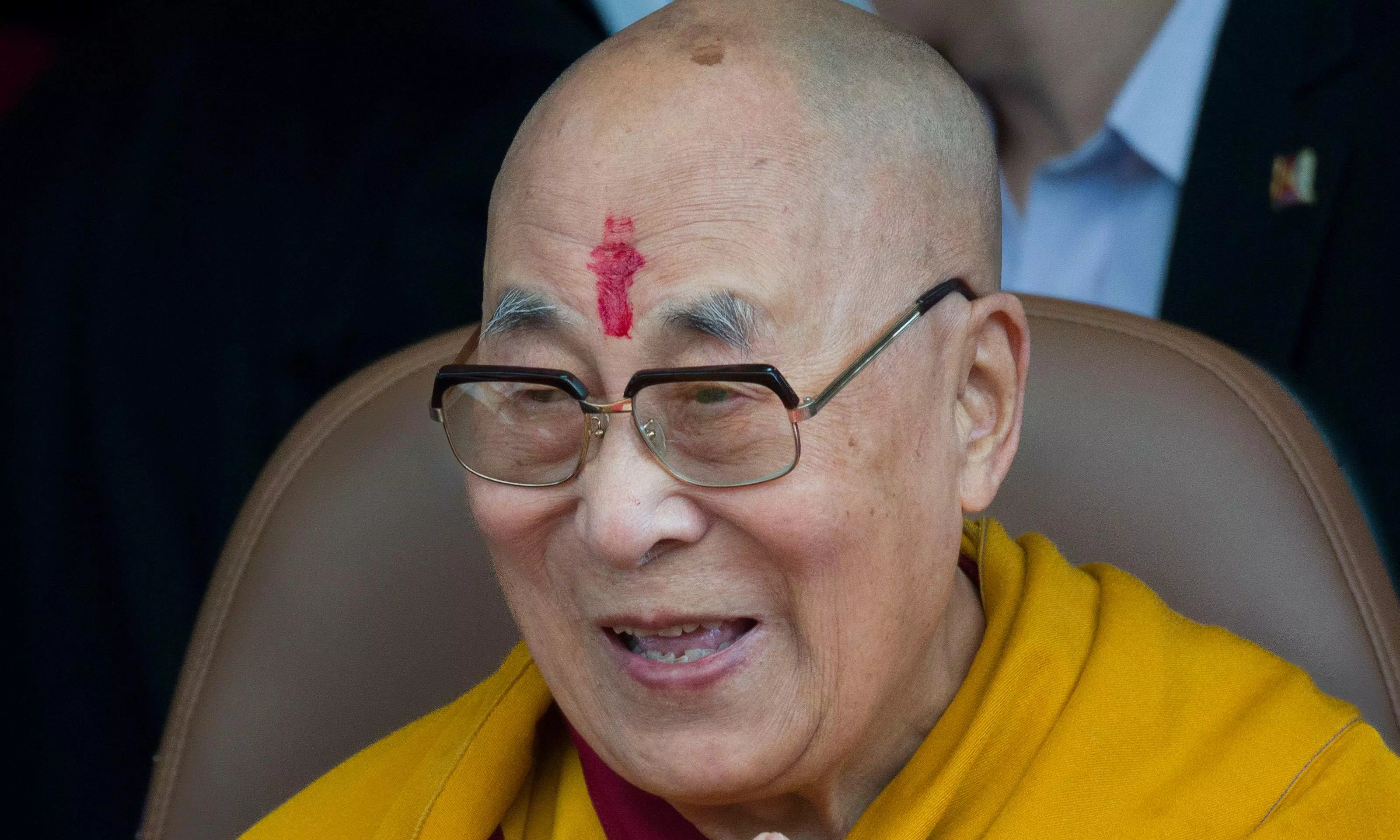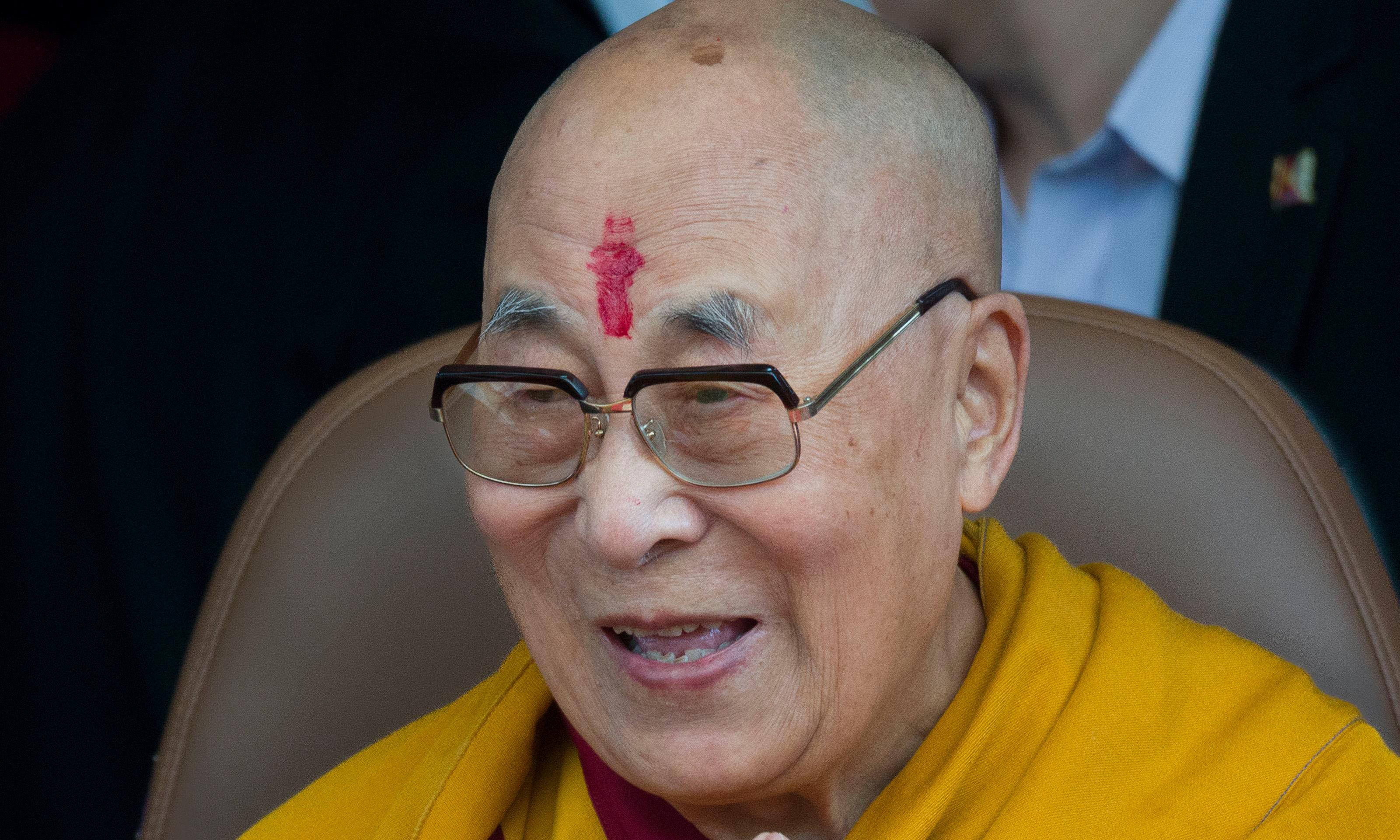Sunanda K. Datta-Ray | Dalai Lama has ensured global identity for Tibet
No Chinese leader had ever asked of the Dalai Lama -- as Stalin did of the Pope -- “How many divisions does he command?” Yet this 65th anniversary of the Tibetan uprising of March 1959 must find China worried that the 88-year-old exile with an infectious giggle but without a country to rule or troops to command might be the “wolf in a monk’s robe” of its national nightmare. If so, what role will history assign to his enigmatic second eldest brother, Gyalo Thondup?
When Jawaharlal Nehru sent the Dalai Lama to Dharamsala, journalists predicted that he would be forgotten on that shelf above the world. But Mao Zedong, with his acute insight into character and situations, had lamented when he heard that the Dalai Lama had escaped: “In that case, we have lost the battle.”
The Great Helmsman knew that an idea conquers the world more effectively than any army can. While Dalai Lamas come and go, an institution embodying the spirit of Tibet lives for ever. Tibet and Tibetans have blossomed into an indestructible virtual nation during these 65 years of the Dalai Lama’s exile.
That is also India’s unique contribution to the cause. “Presidents and Premiers meet the Dalai Lama only when they want to make a point against China,” Prime Minister P.V. Narasimha Rao once told me. “We alone have given him full liberty to do whatever he wants!” When I asked China’s consul-general in Kolkata if Beijing was serious about claiming Arunachal Pradesh, he retorted: “But of course! The Sixth Dalai Lama was born there!” The fervently loyal Han diplomat meant Tsangyang Gyatso, an unconventional 17th century pontiff who disdained monastic austerity, grew his hair long, wore regular Tibetan robes, drank alcohol and accepted female company. Born on March 1, 1683 in Tawang, he was probably kidnapped and murdered by Mongol rebels during a power struggle but his poems and songs remain popular even today among Tibetan-speaking communities in Nepal, India and throughout China.
The present 14th Dalai Lama, whom Tibetans call Gyalwa Rinpoche, was born into a farming family on July 6, 1935, and chosen as the incarnation of Tibetan Buddhism’s supreme head at the age of two. He was given a string of high-sounding names and hastily installed in Lhasa’s 13-storeyed Potala Palace with its more than 1,000 rooms soaring nearly 400 feet above the Marpo Ri, or Red Hill, when the Chinese invaded.
A detailed account of the enthronement by Sir Basil Gould, British representative in Gangtok with jurisdiction in Bhutan and Tibet, confirmed that despite Manchu claims, the canny Tibetans allowed the Chinese no role in the ceremonies. When Chinese troops crushed the Tibetan uprising, the Dalai Lama escaped from the Potala Palace to start the 13-day trek across the Himalayas to India, from which there was no return. He was just 23.
While the Dalai Lama remains one of Nature’s innocents, his life an open Book. Gyalo Thondup’s tantalising links with the United States, Communist China, Taiwan, India, and Bhutan and role in the 1959 Tibetan uprising baffles many. As I wrote in my 2002 book, Waiting for America: India and the US in the New Millennium: “When British intelligence reported in 1958 that the Chinese would soon launch their final campaign of pacification in Tibet, Dwight D. Eisenhower asked Nehru to give the Dalai Lama asylum. Being ‘a notorious hard bargainer’, Nehru demanded help in developing nuclear weapons. ‘A security assurance is not enough,’ he said. ‘India required its own nuclear guarantee against China.’
“In 1953, when Nehru’s sister Vijayalakshmi Pandit was the UNGA’s president, President Eisenhower had made a seminal speech to the General Assembly announcing his Atoms for Peace programme to share nuclear technology to develop atomic energy for civilian purposes. Nehru welcomed the plan and agreement was reached in 1958 for what eventually became the $118-million Tarapur nuclear reactor…
“According to the intermediary, William Corson, a Hong Kong-based Marine Corps major who was an intelligence aide to Eisenhower, Kennedy and Lyndon B. Johnson, ‘the course of the negotiations left no doubt that the American-trained scientists would be assigned the task of producing nuclear weapons.’ In 1974, less than sixteen years later, India exploded Pokharan-I, its first nuclear test… Three years after the request about the Dalai Lama, a state department memo proposed that Washington should help India to develop the bomb in order to deny China the psychological edge of being Asia’s first nuclear power.”
Gyalo Thondup moved to Lhasa in 1939, and to Nanjing, Republican China’s capital, three years later when he was 14, ostensibly to learn Chinese. He became a protégé of Chiang Kai-shek, often dining with him at home and being educated by tutors selected by Chiang. In 1948, he married Zhu Dan, the daughter of a Kuomintang general. The first officially acknowledged Tibetan to visit Taiwan since 1949, Gyalo Thondup facilitated semi-official contacts between the exiled Dalai Lama’s administration and the Chinese in both Beijing and Taiwan. He travelled to the United States in 1951, becoming a seemingly contrary link between America’s Central Intelligence Agency (which promised to make Tibet independent by organising guerrilla units to fight against the People’s Liberation Army) and Deng Xiaoping, with whom he had negotiated on behalf of the Dalai Lama.
It was a tortuous mix of roles with no one ever sure whether India’s RAW or the CIA was the real mastermind. Whispers of KMT funding and the part that an inconspicuous Tibetan restaurant in Calcutta’s old Chinatown, which served India’s first and most delicious momos, played in recruiting fighters compounded the mystery. Even more curious was Bhutan’s allegation in 1974 that Gyalo Thondup had plotted to blow up Thimphu’s Tashichodzong, assassinate key members of the royal family and stage a coup.
All that lies in the past. The Dalai Lama has handed over to an elected government and says that sovereign independence is no longer the goal. Change may now have to wait until some other power takes the initiative -- as the US did in 1903 to hive off Panama from Colombia, or India in 1971 splitting Bangladesh from Pakistan -- to create a more benign world order. But whatever happens, the 14th Dalai Lama, who was awarded the Nobel Peace Prize, has ensured that Tibet and Tibetans will always remain distinctly separate from China and the Chinese. That is his unforgettable legacy.



